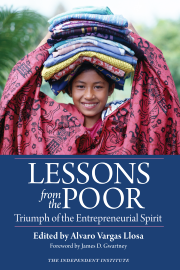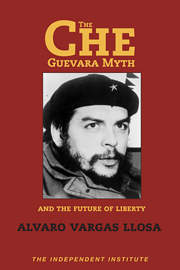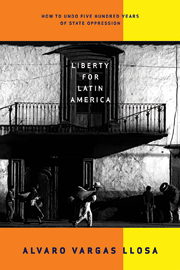The Bush Administration continues to have complete faith in the current war on drugs, according to Secretary of Defense Donald Rumsfeld and Attorney General Alberto Gonzales, the latest U.S. officials to visit the Andean region. President Bush has authorized the State Department to provide more interdiction assistance to Colombia as part of the multi-billion dollar anti-drug program that started in 2001, as well as elicit more appropriations for the program from the current Congress.
This is too bad. The latest statistics, as well as the latest political developments in the region, unequivocally signal the strategy is backfiring. While cultivation and production have diminished in Colombia, they have substantially increased in Peru and Bolivia. There is no evidence yet that the flow of cocaine into the U.S. has been reduced, as U.S. drug Czar John Walters admitted when I asked him about it this week. Radical anti-U.S. indigenous movements born in the coca-growing areas are gaining substantial ground and at least one is on the brink of winning the Presidency. This all amounts to what Joseph McNamara, former police chief of Kansas City and San Jose, likes to call the “sausage effect” of the war on drugs: you squeeze at one end and the other end expands.
According to the U.N. Office on Drugs and Crime, aerial spraying and other similar tactics have reduced coca cultivation in Colombia from 144,800 hectares to 80,000 hectares in the last 3 years. Yet, at the same time cultivation has increased steadily in Peru during that period (including a 14 percent spike in the last year). The same is true of Bolivia, where coca cultivation has gone from 19,900 hectares in 2001 to 27,700 hectares this year.
This is not surprising. The sausage has blown out of the authorities’ hands many times before. Between 1995 and 1999, eradication efforts focused on Peru and Bolivia rather than Colombia. Coca cultivation dropped by two thirds in Peru and by 51 percent in Bolivia, but that herbicidal feat was offset by a spectacular spike in Colombia, where cultivation more than tripled!
When I asked drug Czar about these figures, he responded that the U.S. government’s figures tend to be more reliable than those of the U.N. However, the U.N actually gives the U.S. government’s anti-drug policy in Colombia more credit than the U.S. drug Czar does. According to the U.N., cultivation has dropped by 45 percent since 2002 whereas Mr. Walters’ figures point to a 33 percent reduction. Why would U.N figures be right in Colombia, where cultivation has dropped, and wrong in Peru and Bolivia, where it has expanded?
Cocaine production also shows the sausage effect. In the last four years cocaine has almost doubled in Bolivia and risen by 25 percent in Peru, while decreasing by 60 percent in Colombia. Billions of dollars worth of U.S. training, military equipment, surveillance, and alternative development programs have produced zero progress in the overall war against cocaine-related market forces in the Andes. Consider the tens of thousands of hectares of fertile land sprayed with poison from the air, the thousands of Latin Americans imprisoned on drug charges (and dozens extradited to the U.S.), and the 11,500 drug laboratories seized between 2002 and 2004. It’s the Sisyphus effect: futile labor.
Sadly, the policy is being ratcheted up. Now U.S. officials are suggesting Colombian authorities start to use Eloria Noyesi—a moth whose larva feeds on coca leaves!
Another effect of all this has been to turn coca-growers into mass anti-U.S. political movements in Bolivia and Peru.
In Bolivia, U.S. nemesis Evo Morales, a classic antediluvian demagogue who has toppled two democratically—elected governments, is now tied for first place in the polls (elections will take place at the end of the year). He has transformed his coca-growing power base into a rural movement that places obstacles in the way of anything that sounds vaguely modern in his country, including foreign investors seeking to develop the vast reserves of natural gas (a source of energy the U.S. could import in more amenable circumstances, lessening its dependence on Hugo Chávez).
In Peru, President Carlos Cuaresma of the Cuzco region (where 25 percent of the country’s coca is grown) has suddenly legalized cultivation. This is a clever ploy to tap the growing peasant movement’s reaction against official policies before the Presidential elections. Seeking to team up with other “outcasts”, the coca-growers have allied themselves with Marxist extremists who are waging a campaign of violence against mining concerns—Peru’s main source of exports. In another development related to the anti-drug war, the Etnocacerista party made up of former military reservists who recently attempted a coup d’Etat, has jumped to fourth place in the polls.
Government officials in the U.S. have not recognized the failure of this repressive approach. They are confusing Colombian President Alvaro Uribe’s considerable success in other fronts with success on the drug front and losing sight of the whole Andean picture. If the U.S. does not want to encourage more Chávez and Morales types, it needs to urgently rethink this 21st century remake of the Prohibition fiasco.












